目录
- 1、模块说明
- 2、xlrd处理
- 3、xlwt处理
- 4、xlutils处理
常规的Excel数据处理中,就是对Excel数据文件的读/写/文件对象操作。
通过对应的python非标准库xlrd/xlwt/xlutils,来实现具体的数据处理业务逻辑。
在复杂的Excel业务数据处理中,三兄弟扮演的角色缺一不可。如何能够使用xlrd/xlwt/xlutils三个模块来实现数据处理就是今天的内容。
1、模块说明
使用该三个模块来处理Excel数据最好的地方就是他们和Excel文件对象对应的数据处理概念是一样的,能更好的便于我们理解数据对象。
首先,这三个模块都是python的非标准库,可以选择pip的方式来进行安装。
pipinstallxlrd pipinstallxlwt pipinstallxlutils
下面是我们为演示数据处理的过程准备的源数据内容,只是用于测试。
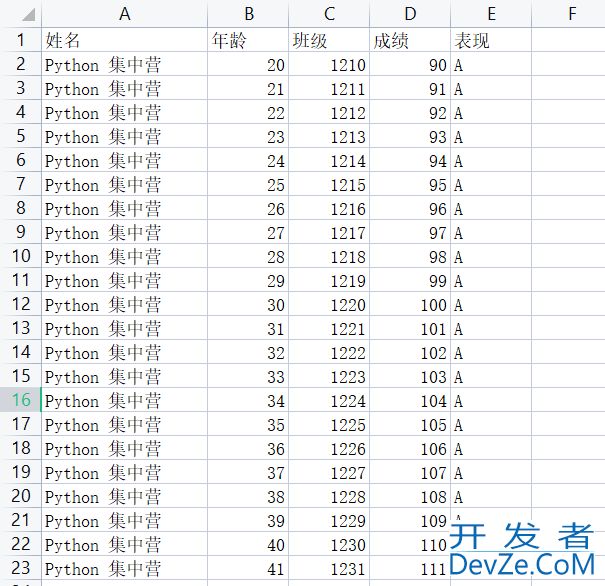
xlrd:用于读取Excle数据文件将返回的数据对象放到内存中,然后查询数据文件对象的相关信息。
xlwt:用于在内存中生成新的数据文件对象,处理完成后写入到Excel数据文件中。
xlutils:主要的作用http://www.devze.com就是copy新的文件对象,在新的数据对象中完成数据处理操作。
将xlrd/xlwt/xlutils三个模块分别都导入到待开发的代码块中提供支持。
#Importingthexlrdmodule. importxlrdasread #Importingthexlwtmodule. importxlwtaswrite #Copyingthecontentsoftheoriginalworkbookintoanewworkbook. fromxlutils.copyimportcopy
2、xlrd处理
#Openingtheworkbookphpandassigningittothevariable`work_book`.
work_book=read.open_workbook('D:/test-data-work/test.xls')
#Assigningthesheetnamed'Sheet1'tothevariable`sheet`.
sheet=work_book.sheet_by_name('Sheet1')
#`row=sheet.nrows`isassigningthenumberofrowsinthesheettothevariable`row`.
row=sheet.nrows
#`col=sheet.ncols`isassigningthenumberofcolumnsinthesheettothevariable`col`.
col=sheet.ncols
print('Sheet1工作表有:{0}行,{1}列'.format(str(row),str(col)))
# Sheet1工作表有:23行,5列
下面是三种常用的sheet对象的数据遍历方式,分别是按行/列的方式进行数据遍历。
forainsheet.get_rows(): print(a) #[text:'姓名',text:'年龄',text:'班级',text:'成绩',text:'表现'] #[text:'Python集中营',number:20.0,number:1210.0,number:90.0,text:'A'] #[text:'Python集中营',number:21.0,number:1211.0,number:91.0,text:'A'] #[text:'Python集中营',number:22.0,number:1212.0,number:92.0,text:'A'] #[text:'Python集中营',number:23.0,number:1213.0,number:93.0,text:'A'] #[text:'Python集中营',number:24.0,number:1214.0,number:94.0,text:'A'] #[text:'Python集中营',number:25.0,number:1215.0,number:95.0,text:'A'] #[text:'Python集中营',number:26.0,number:1216.0,number:96.0,text:'A'] #[text:'Python集中营',number:27.0,number:1217.0,number:97.0,text:'A'] #[text:'Python集中营',number:28.0,number:1218.0,number:98.0,text:'A'] #[text:'Python集中营',number:29.0,number:1219.0,number:99.0,text:'A'] #[text:'Python集中营',number:30.0,number:1220.0,number:100.0,text:'A'] #[text:'Python集中营',number:31.0,number:1221.0,number:101.0,text:'A'] #[text:'Python集中营',number:32.0,number:1222.0,number:102.0,text:'A'] #[text:'Python集中营',number:33.0,number:1223.0,number:103.0,text:'A'] #[text:'Python集中营',number:34.0,number:1224.0,number:104.0,text:'A'] #[text:'Python集中营',number:35.0,number:1225.0,number:105.0,text:'A'] #[text:'Python集中营',number:36.0,number:1226.0,number:106.0,text:'A'] #[text:'Python集中营',number:37.0,number:1227.0,number:107.0,text:'A'] #[text:'Python集中营',number:38.0,number:1228.0,number:108.0,text:'A'] #[text:'Python集中营',number:39.0,number:1229.0,number:109.0,text:'A'] #[text:'Python集中营',number:40.0,number:1230.0,number:110.0,text:'A'] #[text:'Python集中营',number:41.0,number:1231.0,number:111.0,text:'A'] forbinrange(row): print(sheet.row_values(b)) #['姓名','年龄','班级','成绩','表现'] #['Python集中营',20.0,1210.0,90.0,'A'] #['Python集中营',21.0,1211.0,91.0,'A'] #['Python集中营',22.0,1212.0,92.0,'A'] #['Python集中营',23.0,1213.0,93.0,'A'] #['Python集中营',24.0,1214.0,94.0,'A'] #['Python集中营',25.0,1215.0,95.0,'A'] #['Python集中营',26.0,1216.0,96.0,'A'] #['Python集中营',27.0,1217.0,97.0,'A'] #['Python集中营',28.0,1218.0,98.0,'A'] #['Python集中营',29.0,1219.0,99.0,'A'] #['Python集中营',30.0,1220.0,100.0,'A'] #['Python集中营',31.0,1221.0,101.0,'A'] #['Python集中营',32.0,1222.0,102.0,'A'] #['Python集中营',33.0,1223.0,103.0,'A'] #['Python集中营',34.0,1224.0,104.0,'A'] #['Python集中营',35.0,1225.0,105.0,'A'] #['Python集中营',36.0,1226.0,106.0,'A'] #['Python集中营',37.0,1227.0,107.0,'A'] #['Python集中营',38.0,1228.0,108.0,'A'] #['Python集中营',39.0,1229.0,109.0,'A']编程客栈 #['Python集中营',40.0,1230.0,110.0,'A'] #['Python集中营',41.0,1231.0,111.0,'A'] forcinrange(col): print(sheet.col_values(c)) #['姓名','Python集中营','Python集中营','Python集中营','Pytho开发者_JAVA教程n集中营','Pytjavascripthon集中营','Python集中营','Python集中营','Python集中营python','Python集中营','Python集中营','Python集中营','Python集中营','Python集中营','Python集中营','Python集中营','Python集中营','Python集中营','Python集中营','Python集中营','Python集中营','Python集中营','Python集中营'] #['年龄',20.0,21.0,22.0,23.0,24.0,25.0,26.0,27.0,28.0,29.0,30.0,31.0,32.0,33.0,34.0,35.0,36.0,37.0,38.0,39.0,40.0,41.0] #['班级',1210.0,1211.0,1212.0,1213.0,1214.0,1215.0,1216.0,1217.0,1218.0,1219.0,1220.0,1221.0,1222.0,1223.0,1224.0,1225.0,1226.0,1227.0,1228.0,1229.0,1230.0,1231.0] #['成绩',90.0,91.0,92.0,93.0,94.0,95.0,96.0,97.0,98.0,99.0,100.0,101.0,102.0,103.0,104.0,105.0,106.0,107.0,108.0,109.0,110.0,111.0] #['表现','A','A','A','A','A','A','A','A','A','A','A','A','A','A','A','A','A','A','A','A','A','A']
3、xlwt处理
#Creatinganewworkbook.
work_book_2=write.Workbook()
#Creatinganewsheetnamed'Sheet4'intheworkbook.
sheet_2=work_book_2.add_sheet('Sheet4')
list=[
['姓名','年龄','班级','成绩'],
['张三','20','1210','89'],
['李四','21','1211','90'],
['王五','22','1212','91'],
]
forrow_indexinrange(4):
forcol_indexinrange(4):
sheet_2.write(row_index,col_index,list[row_index][col_index])
col_index+=1
row_index+=1
#Savingtheworkbooktothespecifiedlocation.
work_book_2.save('D:/test-data-work/test2.xls')
4、xlutils处理
#Openingtheworkbookandassigningittothevariable`work_book_3`.
work_book_3=read.open_workbook('D:/test-data-work/test.xls')
#Copyingthecontentsoftheoriginalworkbookintoanewworkbook.
work_book_3_copy=copy(work_book_3)
#Savingthecontentsoftheoriginalworkbookintoanewworkbook.
work_book_3_copy.save('D:/test-data-work/test3.xls')
到此这篇关于Python Excel数据处理之xlrd/xlwt/xlutils模块详解的文章就介绍到这了,更多相关Python Excel数据处理内容请搜索我们以前的文章或继续浏览下面的相关文章希望大家以后多多支持我们!
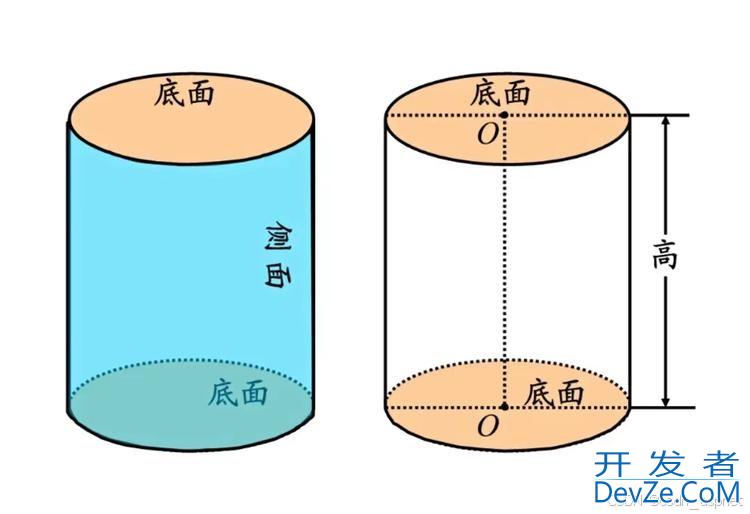
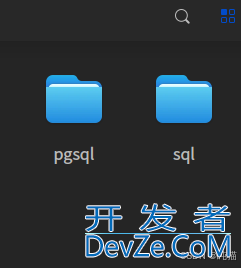
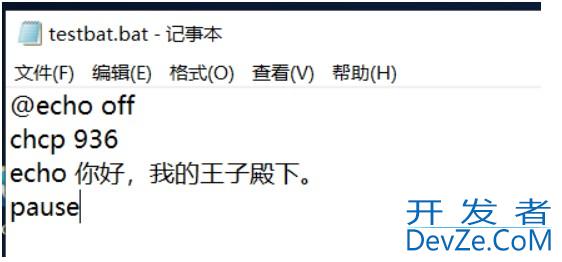
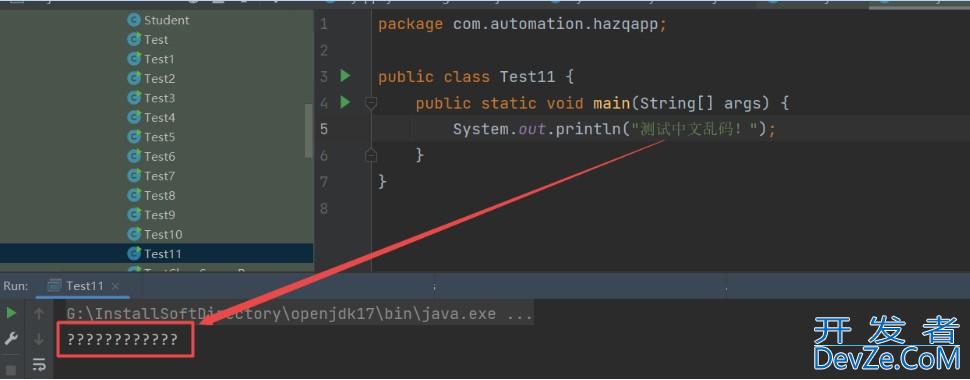
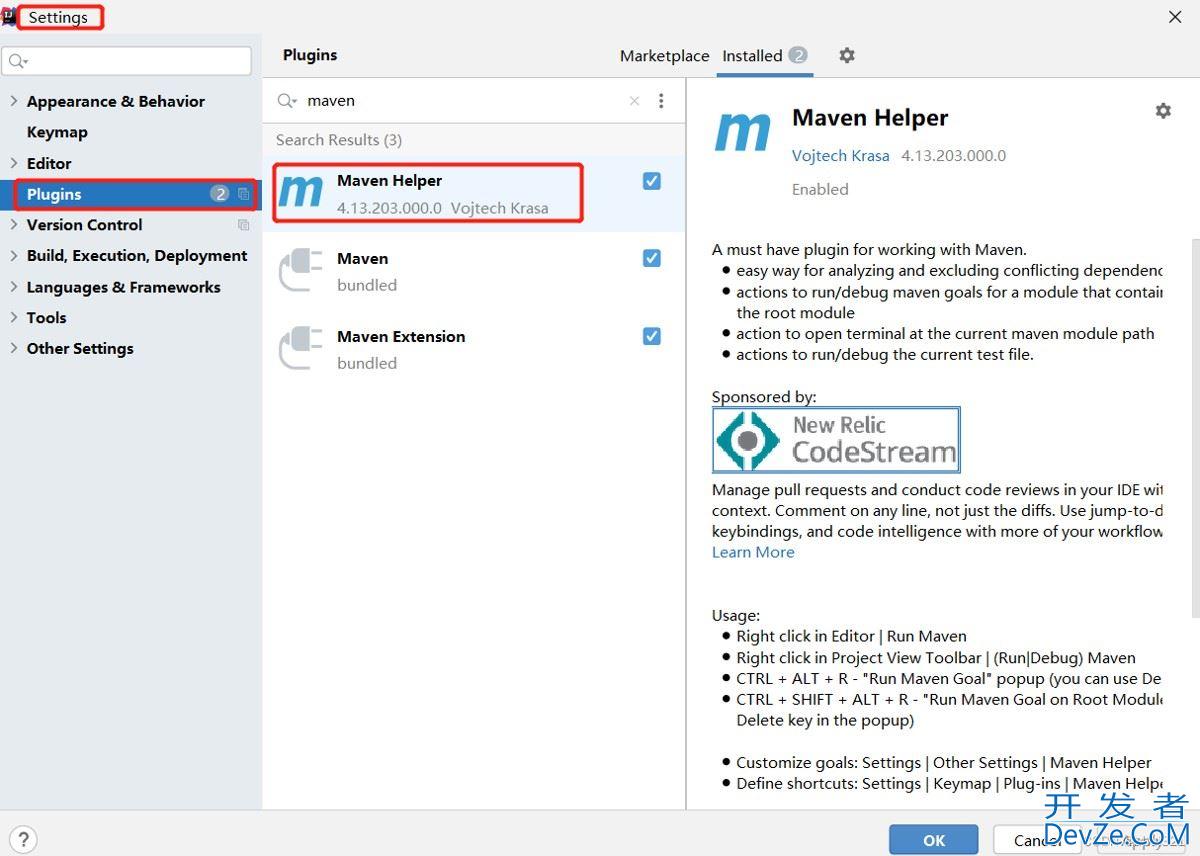
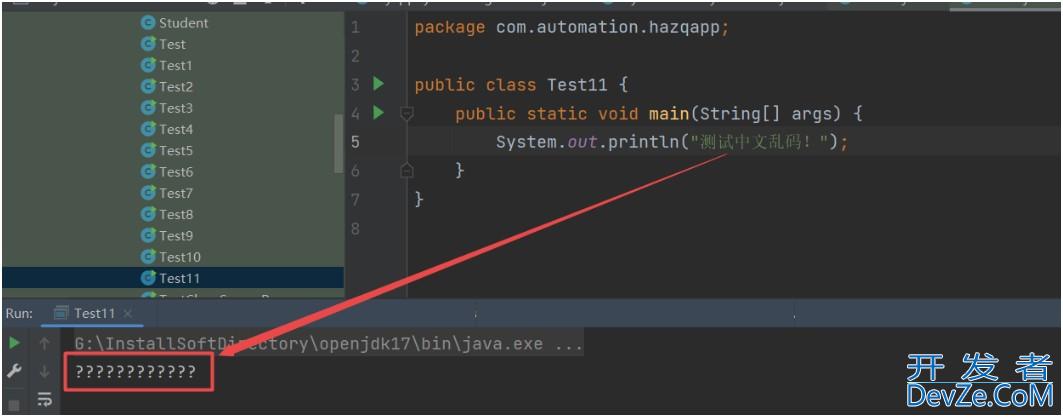
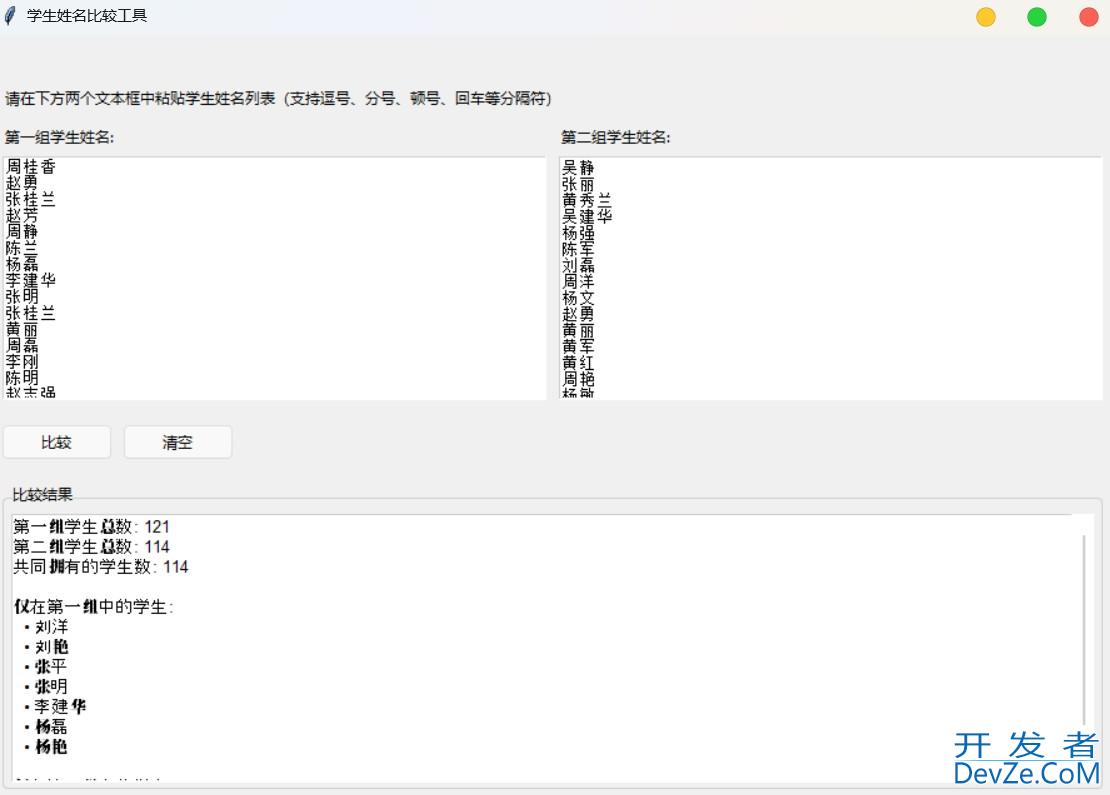
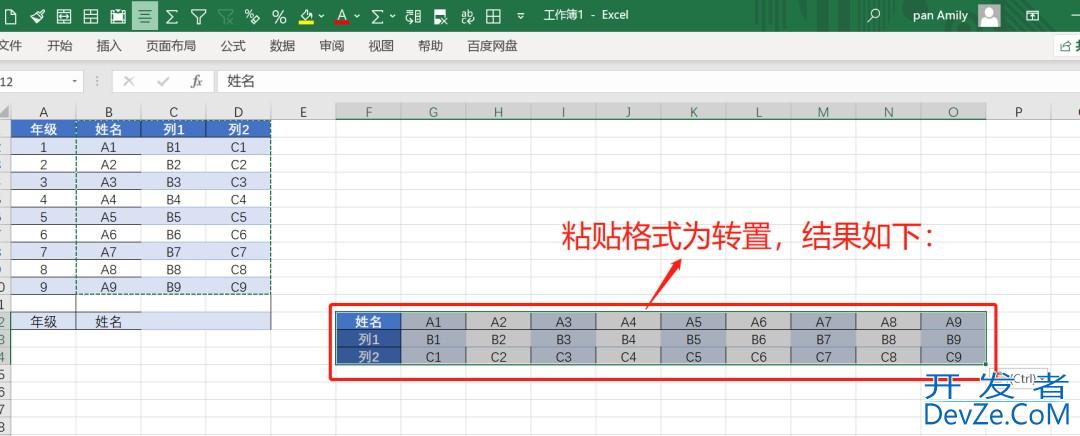
 加载中,请稍侯......
加载中,请稍侯......
精彩评论